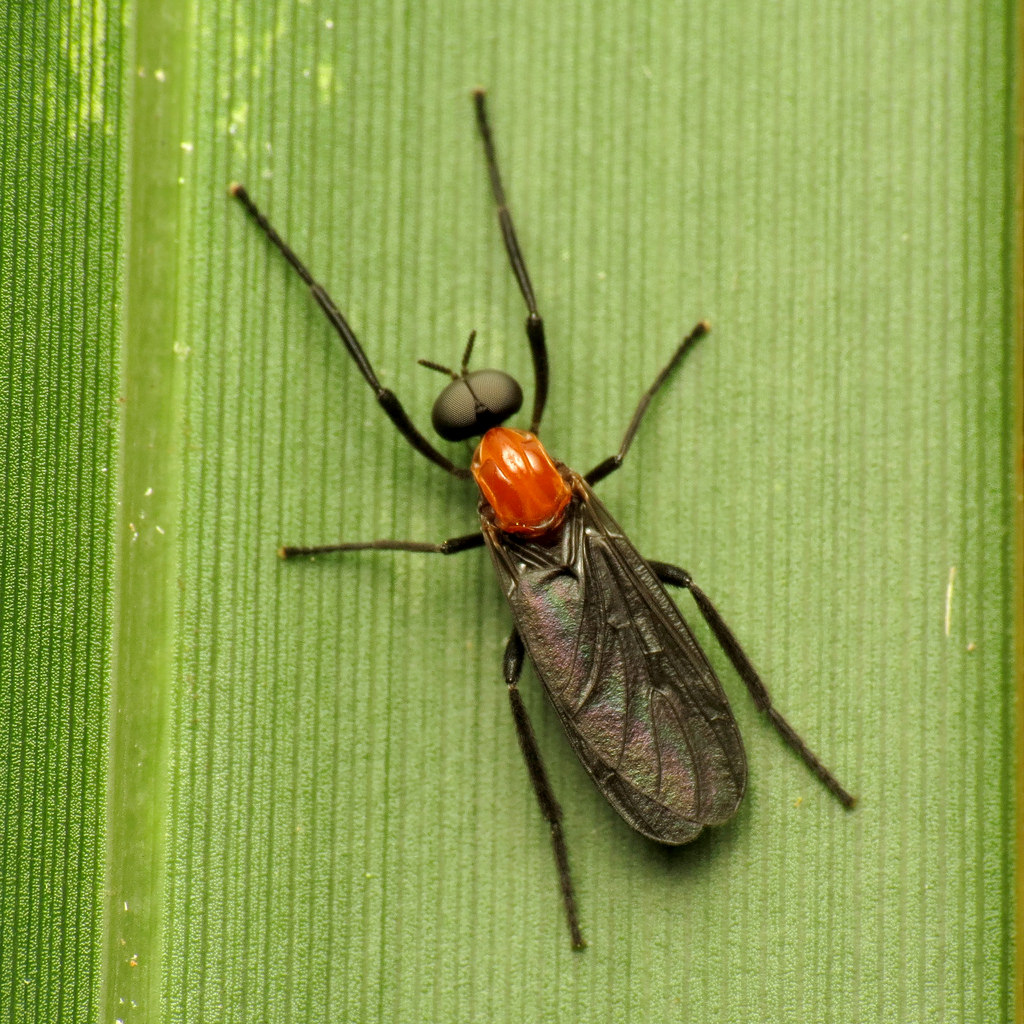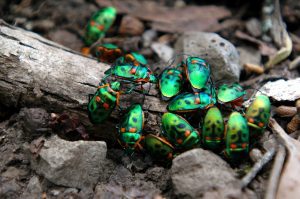The term lovebug is often used around February and rightly so! While most of us may think of cute cards or bugs in love, lovebugs are insects that actually exist! We’re here to tell you all about them.
Ever wondered how the lovebug got its name? They get their name from their mating patterns. They often mate while they are on their major flights of the year. They normally have two major flights per year during the spring and summer months. During them, the male will mate with a female and will do so while flying. Since they are seen flying in mating pairs and stay together throughout, the term lovebug is fitting.
Once the lovebugs have mated, the female will lay her eggs. Females can lay up to 600 eggs! For these bugs to be so dense in population, it really is surprising that they don’t live long at all. Adult females live about two to three days while males live a few days longer.
Unfortunately, they aren’t as cute as you might think. They can damage your car while driving by clogging your radiator, damaging the paint on your car if you don’t wash it in time, and by covering your windshield making it difficult to see.
There aren’t any tools to help reduce the population of lovebugs. But nature plays a role by having birds, as well as other animals and insects, prey on them. They help the ecosystem and environment by feeding on decomposing material. And surprisingly, they even help with pollination when flying since adult lovebugs feed on pollen from flowers.
While February may be all about love, we are not all about love bugs. For now, we’ll stick to the cute lovebugs! In the meantime should you come across some bugs you aren’t loving, give Clark Exterminating a call! Remember, “The Bug Stops Here!”
Little Rock: 501-228-0322
North Little Rock: 501-758-0322
Conway: 501-329-0396
Benton: 501-776-1388
Bryant: 501-847-1388
Jacksonville/Cabot: 501-843-1322
Hot Springs: 501-623-2335




